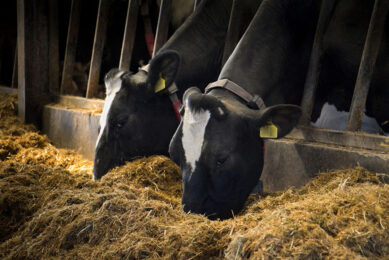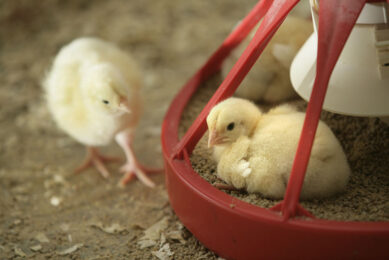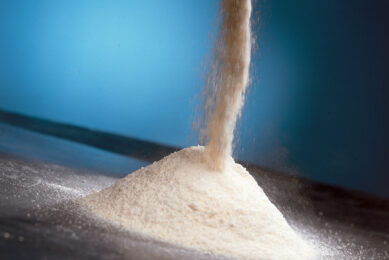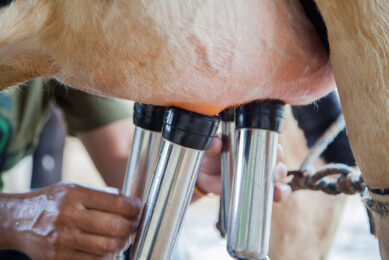The Importance of mycotoxins analysis
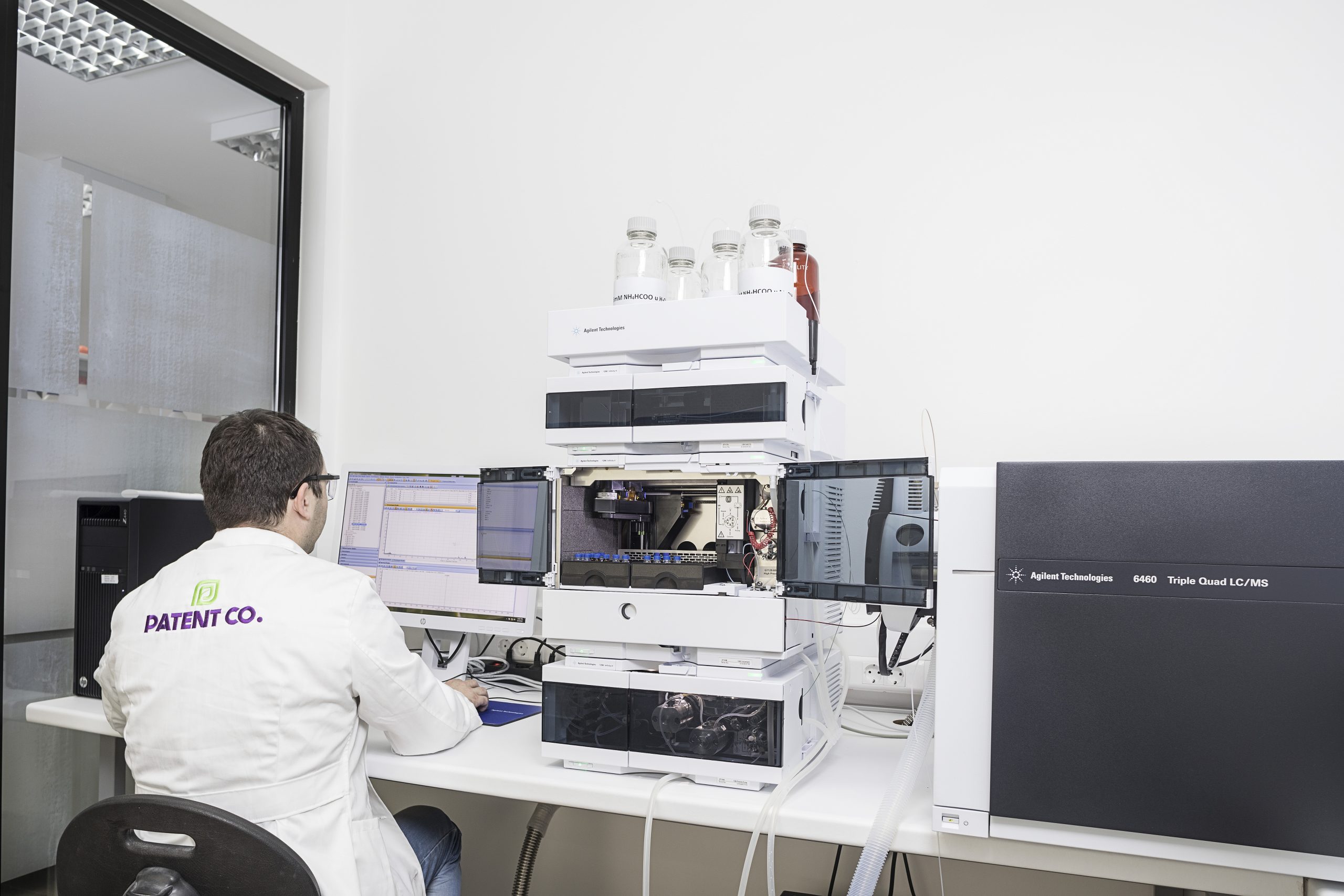
Analysing incoming feed materials for mycotoxin contamination is crucially important as feed can be affected by climate, agricultural practices and local legislation on mycotoxins. In a survey of the 2017 corn harvest in Serbia and Bosnia and Herzegovina, high levels of Aflatoxin B1, Fumonisin B1, Fumonisin B2 were discovered.
The global use of feed materials in the production of animal feed is increasing the risk of chemical and microbiological contaminants in food-producing animals. The feed can be contaminated with micro-organisms, mycotoxins, animal by-products, organic pollutants and toxic metals. This contamination of animal feeds has a negative effect on both animal and human health. Among these, mycotoxins are emerging as a major contaminant of feed and food.
Mycotoxins are produced as secondary metabolites by various fungi. The major fungus producing mycotoxins are aspergillus, fusarium and penicillium. Aflatoxins, ochratoxin A, fumonisins, deoxynivalenol, T-2 toxin and zearalenone are the most common mycotoxins found in food and feed samples. Many food and feed samples can become contaminated with mycotoxins before harvest, during transport and during their storage. Commodities and products frequently contaminated with mycotoxins and used in animal feed include corn, wheat, barley, rice, oats, nuts, milk, cheese, peanuts and cottonseed, etc.
Mycotoxins produce a wide range of adverse and toxic effects in animals affecting their overall health and productivity. Mycotoxins cause mycotoxicosis and cause significant economic losses in animals due to reduced productivity, increased disease incidence and decreased reproductive performance. The mycotoxins of most concern due to their toxicity and occurrence are aflatoxin (AFB1), deoxynivalenol (DON), ochratoxin (Ochra A), zearalenone (ZEA), fumonisin (FB1 and FB2) and T-2 toxins. Regulations for major mycotoxins in the food and feed commodities exist in at least 100 countries. Most of these regulations are related to aflatoxins and the maximum tolerated levels differs greatly among countries. These variations in tolerated levels of mycotoxins and non-regulation of other mycotoxins in other countries are posing a big challenge for the animal feed industry and these variations are increasing the importance of mycotoxin analysis of incoming raw materials before they enter the food/feed chain.

Analysis of mycotoxins
To determine whether feed material and other commodities are contaminated with mycotoxins, it must be tested for mycotoxins. Proper sampling procedures are a pre-requisite for obtaining reliable results because of the heterogeneous distribution of mycotoxins in grains and other commodities. There are many methods available for detection of mycotoxins. Conventional methods for mycotoxins include ELISA, thin-layer chromatography (TLC), high-performance liquid chromatography (HPLC) and gas chromatography (GC). Most of these methods employ a solid phase column clean-up of extracts and immunoaffinity techniques to remove interferences to improve the measurement of mycotoxins. ELISA is a method of choice where rapid analysis is required, but requires confirmatory analysis by LC-MS/MS. LC-MS/MS is the most sensitive and preferred method of analysis for mycotoxins in food and feed samples.
Multi-mycotoxins methods
Since it is necessary to test animal feeds for mycotoxin contamination, Patent Co is using a fast and simple UHPLC-based multi-mycotoxin method for the determination and accurate quantitation of all mycotoxins (Aflatoxin B1, B2, G1, G2, Deoxynivalenol, Zearalenone, Fumonisin B1 and B2, T-2, HT-2, Ochratoxin A) regulated in feed, by liquid chromatography coupled with tandem mass spectrometry.
The method is based on a ‘dilute and shoot’ principle. It involves two step extraction and centrifugation of the extracts. To compensate the matrix effects in electrospray ionization, the extracts are mixed with [13C] labelled internal standards for each group of mycotoxins (13C AB1, 13C DON, 13C ZON, 13C OTA, 13C FB1 and 13C T-2) before injection onto LC-MS/MS. The method was successfully validated on corn, compound feed, wheat, barley, soya meal, wheat bran, sunflower meal and TMR. Method performance parameters were obtained by in-house validation. The blank samples were spiked with a mixture of 11 mycotoxin standards on two levels (LOQ and 10xLOQ) in 12 replicates. The RSDr of the method were between 2.5% and 13.4% and the apparent recoveries were between 62% and 115% for all analytes. It was therefore concluded that the ‘dilute and shoot’ method with addition of [13C] labelled internal standard is capable for determining all EU regulated mycotoxins in animal feed and compound feed.
Balkan corn survey 2017In a recent study, corn samples received from Serbia and Bosnia and Herzegovina during August to November 2017 were screened. A total of 113 samples were received for analysis. Out of these, 53% of the samples were found to be contaminated with mycotoxins and 28% of these contaminated samples were found to contain more than one mycotoxin. Aflatoxin B1 (AB1), Fumonisin B1 (FB1), Fumonisin B2 (FB2) and HT-2 were detected in 13%, 44%, 24% and 8% of the samples, see Figure 1. AB1 ranging from 0.59 to 5644 ppb, HT-2 ranging from 9 to 66 ppb, FB2 ranging from 53 to 2540 ppb and FB1 ranging from 48 to 8623 ppb, were detected in the corn samples.
|
Authors: Jog Raj, Hunor Farkaš And Marko Vasiljevic, Patent Co, Serbia




